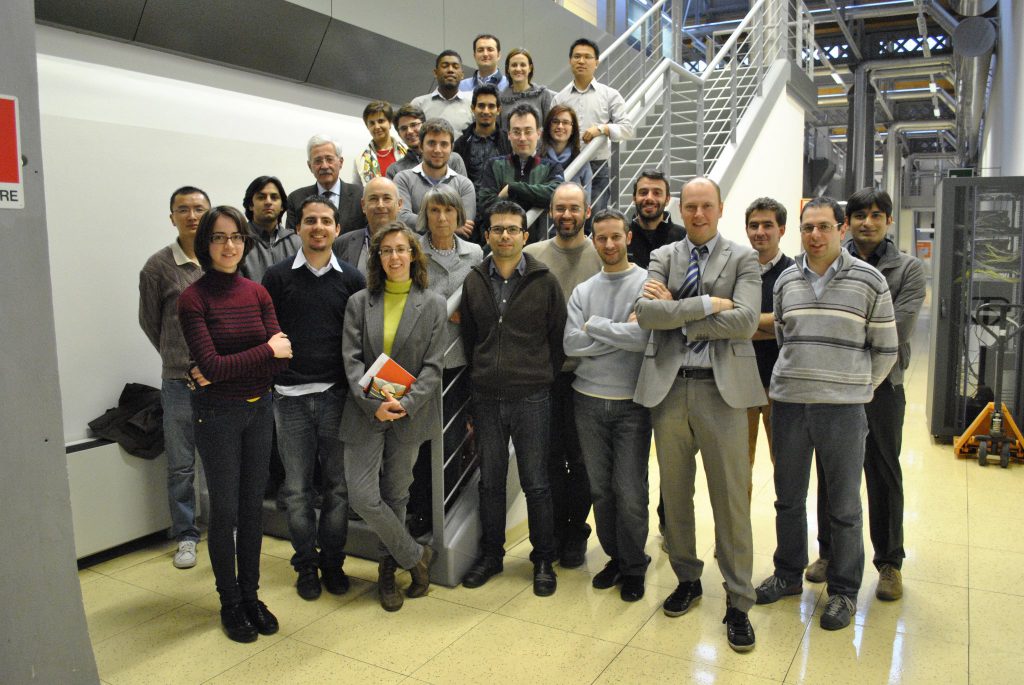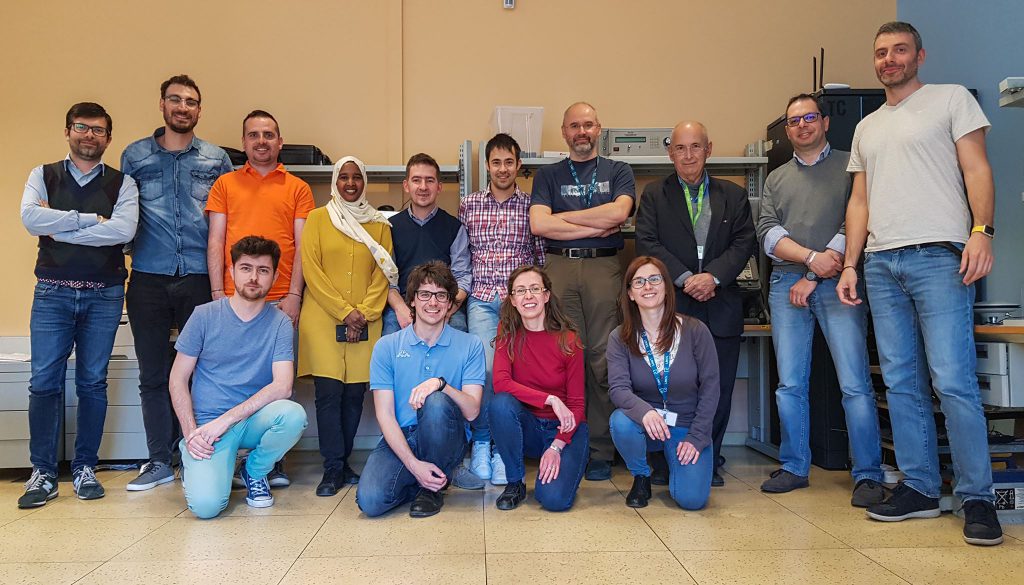The Satellite Navigation Lab hosts a research unit working on the design and development of new technologies and systems related to Global Navigation Satellite Systems (GNSS), such as GPS, GLONASS, Galileo and EGNOS. The researchers of Navigation Technologies area from LINKS Foundation (formerly Istituto Superiore Mario Boella) together with professors and researchers of Politecnico di Torino, form the Navigation Signal Analysis and Simulation (NavSAS) Group, which combines high-level research skills, typical of the academy, with the ability to propose and develop innovative GNSS solutions for industrial partners.


Through the cooperation with major industries and universities, the team is involved in several projects, at national and international level. The staff participates in many EU programs for the development of Galileo, its related applications, and for the deployment of EGNOS. The ability to realize concrete solutions and test the performance on field, starting from generic concepts, is a valuable competence gained by the group over the past years.
The strategic vision of the NavSAS group foresees an intense use of innovative technologies for the evolution of complex processes based on GNSS, introducing EGNOS and Galileo in real applications. The ability to develop advanced prototypes and concrete solutions, starting from general concepts to on field testing of their performance is a valuable competence gained by the NavSAS group in its ten-years activity. Often, the work carried out within specific projects resulted in advanced prototypes.

One example is the Fully-Software Real-Time GPS+Galileo Receiver named N-GENE.
Thanks to the close collaboration with Politecnico di Torino University, such a unit combines high-level research skills, typical of the academic world, with the ability to propose and develop innovative solutions for industrial partners.
In addition, it is worth mentioning the effort on higher education through the organization of a second level Specializing Master on Satellite Navigation and Related Applications. The Master is a joint initiative with Politecnico di Torino University and is supported by the Office for Outer Space Affairs of the United Nations and the Italian National Institute for Research on Metrology (INRIM).
Thanks to European funds and in cooperation with other research groups, NavSAS founded in 2010 the NAVIS, a centre based in Hanoi (Vietnam) which aims to strengthen the cooperation between Europe and South East Asia for the development of GNSS technologies and applications.
NavSAS in numbers
Currently the group consists of 20 researchers, with an overall scientific production of more than 350 articles, published on scientific journals and international conference proceedings.